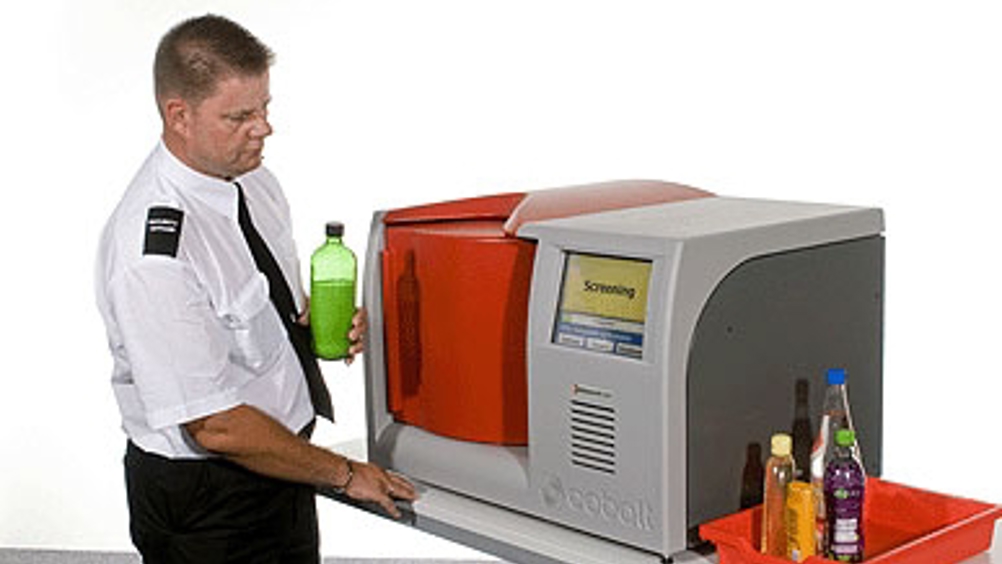New terahertz source operates at room temperature
Researchers have developed a compact, room-temperature terahertz source with an output power of 215 microwatts, an advance that could have practical applications in a range of imaging and inspection processes.

Terahertz (THz) radiation has applications in security screening, medical and industrial imaging, agricultural inspection, astronomical research, and other areas.
Traditional methods of generating terahertz radiation, however, usually involve large and expensive instruments, some of which also require cryogenic cooling.
A compact terahertz source - similar to the laser diode found in a DVD player - operating at room temperature with high power has been a goal of the terahertz community for a number of years.
Manijeh Razeghi, Walter P. Murphy Professor of Electrical Engineering and Computer Science at Northwestern University’s McCormick School of Engineering and Applied Science, and her group are said to be close to achieving this goal.
According to the university, terahertz radiation is generated through non-linear mixing of two mid-infrared wavelengths at 9.3 microns and 10.4 microns inside a single quantum cascade laser.
By stacking two different QCL emitters in a single laser, the researchers created a monolithic non-linear mixer to convert the mid-infrared signals into terahertz radiation, using a process called difference frequency generation.
Register now to continue reading
Thanks for visiting The Engineer. You’ve now reached your monthly limit of news stories. Register for free to unlock unlimited access to all of our news coverage, as well as premium content including opinion, in-depth features and special reports.
Benefits of registering
-
In-depth insights and coverage of key emerging trends
-
Unrestricted access to special reports throughout the year
-
Daily technology news delivered straight to your inbox










Water Sector Talent Exodus Could Cripple The Sector
Maybe if things are essential for the running of a country and we want to pay a fair price we should be running these utilities on a not for profit...